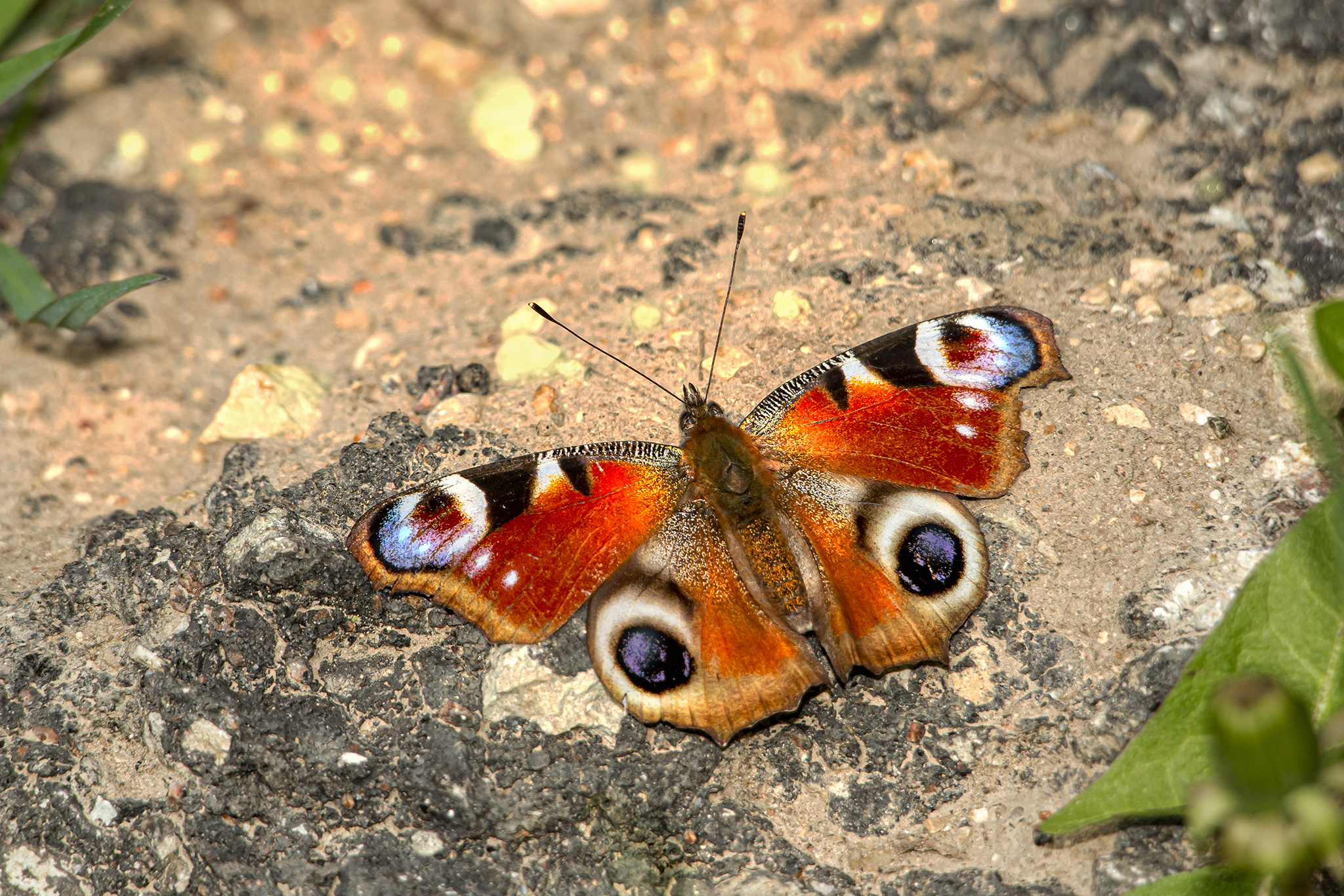The European Peacock (Inachis io), also known simply as the Peacock butterfly, is one of the most striking and easily recognizable butterflies in Europe.
🦋 Overview: European Peacock (Inachis io)
Family: Nymphalidae
Subfamily: Nymphalinae
🌈 Appearance
- Wingspan: 50–55 mm (about 2–2.2 inches)
- Upper Wings: Rich reddish-brown with bold eye spots on each wing. The eyespots resemble peacock feathers — hence the name.
- Underwings: Dark brown to black, providing excellent camouflage when wings are closed.
These eyespots help deter predators by mimicking the eyes of larger animals.
🌍 Distribution & Habitat
- Range: Widely found across Europe, parts of Asia, and up to Japan.
- Common in gardens, woodlands, meadows, and parklands.
- Prefers sunny areas with nectar-rich flowers.
🌿 Lifecycle & Behavior
- Eggs: Laid in clusters on nettles (mainly Urtica dioica, the common nettle).
- Caterpillars: Black with tiny white spots and spines.
- Chrysalis: Greenish or brown, typically suspended from vegetation.
- Adults:
- Emerge in late summer.
- Hibernate over winter in sheds, hollow trees, or attics.
- Among the first butterflies seen in early spring.
🌼 Diet
- Larvae: Feed on stinging nettles.
- Adults: Feed on nectar from a variety of flowers like:
- Buddleia
- Dandelions
- Thistles
- Ivy (especially in late autumn)
🔍 Interesting Facts
- One of the few butterflies to hibernate in its adult form.
- Known for its startle display: when threatened, it suddenly flashes its eyespots to scare off birds or other predators.
- Despite its vivid colors, when its wings are closed, it’s nearly invisible against bark or dead leaves.
Visited 283 times, 9 visit(s) today
Views: 666
Subscribe to the newsletter:
